Understanding the Microfarad Capacitor: A Comprehensive Guide
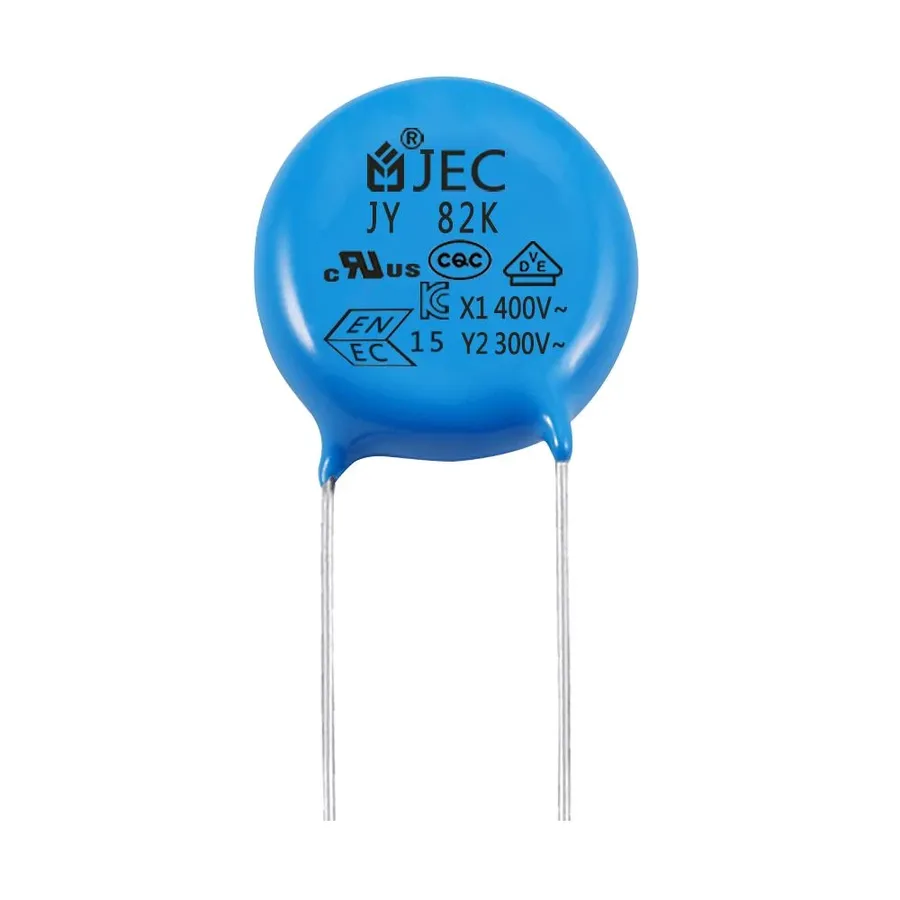
Just as our bodies store energy, so do electronic circuits. The microfarad capacitor is a critical component responsible for storing electrical charge, influencing how our devices function, from smartphones to industrial equipment. This guide will demystify microfarad capacitors, explaining their purpose, function and selection, helping you understand this vital technology.
What is a Microfarad Capacitor?

A microfarad capacitor is an electronic component that stores electrical energy in an electric field, with its capacitance measured in microfarads (µF). The microfarad is a unit derived from the farad (F), the SI unit of capacitance. Specifically, one microfarad equals one millionth of a farad (1 µF = 10⁻⁶ F). Capacitors with capacitance measured in microfarads are commonly used in many circuits due to their ability to store and release electrical energy, making them essential components in various electronic applications.
The Function of a Microfarad Capacitor
The functionality of a microfarad capacitor involves two key processes: charging and discharging. During charging, the capacitor accumulates electrical charge on its conductive plates, separated by a dielectric material. This process occurs when a voltage is applied across the capacitor. The amount of charge stored is directly proportional to the applied voltage and the capacitance value (measured in microfarads, or μF). When the voltage source is removed or the circuit conditions change, the stored charge is released, providing electrical energy to the circuit. This discharge can happen rapidly or slowly depending on the resistance in the circuit.
In essence, microfarad capacitors are not batteries. The fundamental distinction is that batteries store energy through chemical reactions. Whereas capacitors store energy electrostatically. Capacitors can deliver high currents rapidly. Capacitors have a limited storage capacity. This makes them indispensable for applications requiring quick bursts of energy, such as smoothing voltage fluctuations, decoupling components, or timing circuits.
Microfarad Capacitor Applications
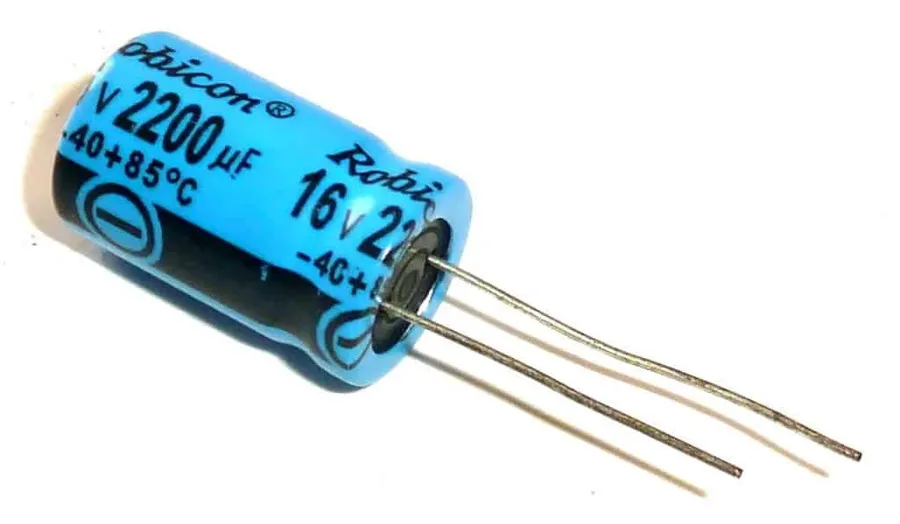
Microfarad capacitors are indispensable components in numerous electronic circuits and systems, leveraging their ability to store and release electrical energy to perform a variety of essential functions. Their applications span across diverse fields, from industrial machinery to consumer electronics, highlighting their versatility.
Here are some notable applications:
- Motor Start and Run Capacitors
Microfarad capacitors are widely used in single-phase AC motors to provide the necessary phase shift for starting and running. These capacitors enable motors to produce a rotating magnetic field and provide starting torque and maintain operating efficiency. - Power Supply Smoothing
In power supplies, microfarad capacitors are crucial for smoothing rectified AC voltage. They reduce ripple and ensure a stable DC voltage output, protecting sensitive electronic components and devices from fluctuations in power. - Timing Circuits
Capacitors, including those with microfarad capacitance, are extensively used in RC (resistor-capacitor) timing circuits. These circuits utilize the capacitor’s charging and discharging characteristics to achieve precise delays or control the frequency of oscillations, vital in a variety of electronics. Examples include blinking LEDs, timed relay operations and even integrated circuits and microcontrollers. - Treble Bleed Circuits in Guitars
In electric guitars, a small microfarad capacitor can be employed in a treble bleed circuit. This configuration preserves high-frequency signals when the guitar’s volume knob is turned down, preventing the sound from becoming muddy. This simple addition can improve the tonal quality and clarity of the instrument at low volume levels. - Audio Crossover Circuits
Microfarad capacitors are used in audio crossover circuits, which are used to direct the proper range of audio frequencies to different drivers in multi-speaker systems. By filtering out low frequencies, high-frequency drivers such as tweeters can be protected. Conversely, low-frequency drivers will not receive high frequencies that could cause distortion or damage. - Energy Storage
While not their primary function, microfarad capacitors can act as small, local energy storage devices. This can be useful for short-term power backup or to provide a quick burst of energy for various applications, buffering energy during power fluctuations or providing a small amount of power to a device that is not constantly consuming energy.
Key Ratings and Specifications
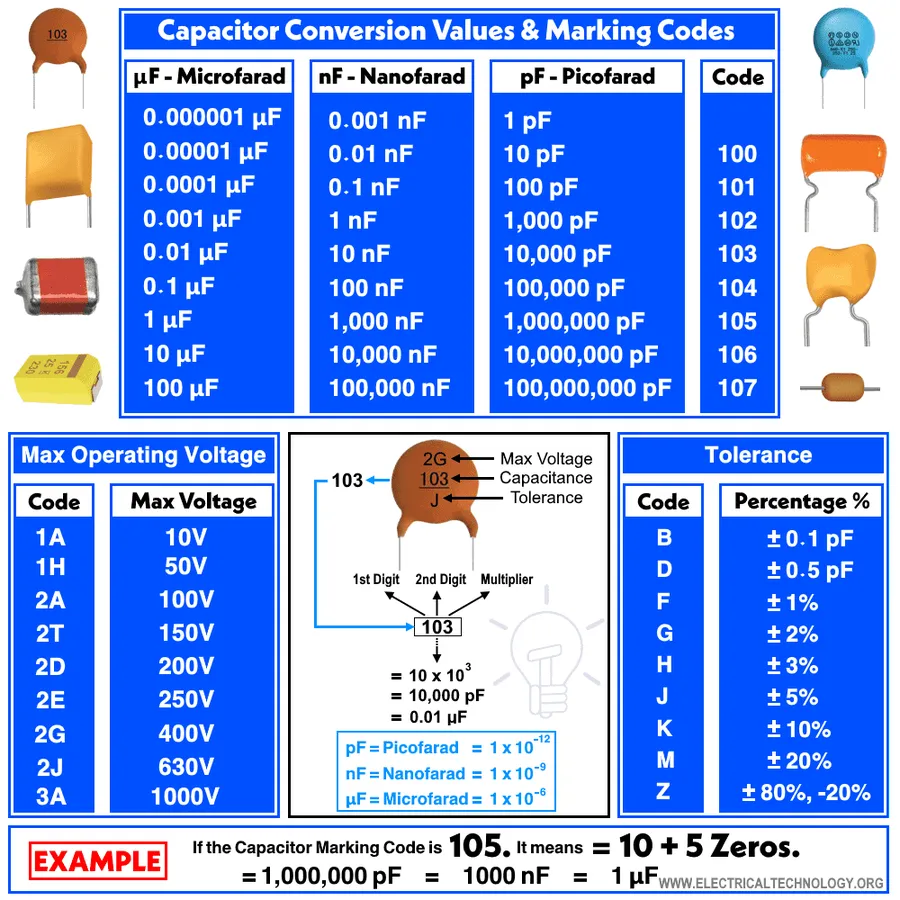
Understanding the key ratings and specifications of a microfarad capacitor is crucial for selecting the correct component for any electronic application. These ratings dictate the capacitor's performance and its suitability for specific operating conditions. The primary specifications include capacitance (measured in microfarads), voltage rating, tolerance, and the dielectric material used.
| Rating/Specification | Description | Implications |
|---|---|---|
| Capacitance (µF) | The amount of charge a capacitor can store at a given voltage, measured in microfarads (µF). | Determines the capacitor's ability to store and release electrical energy. Matching the required capacitance is critical for proper circuit function. |
| Voltage Rating (V) | The maximum voltage a capacitor can withstand without the risk of damage or failure. | Exceeding the voltage rating can lead to dielectric breakdown, capacitor damage, and potential circuit failure. It is essential to choose a capacitor with a voltage rating that meets or exceeds the maximum voltage expected in the application. |
| Tolerance (%) | The permissible variation in the capacitor's actual capacitance from its nominal value. | Indicates the precision of the capacitance value. Tighter tolerances are required for more sensitive applications, such as filters and oscillators. Common tolerance levels include ±5%, ±10%, and ±20%. |
| Dielectric Material | The insulating material between the capacitor's plates. | The dielectric material affects properties such as temperature stability, equivalent series resistance (ESR), and capacitance variation with frequency and temperature. Common dielectric materials include ceramic, tantalum, aluminum electrolytic, and film, each with unique advantages and disadvantages for various applications. |
Choosing the Right Microfarad Capacitor
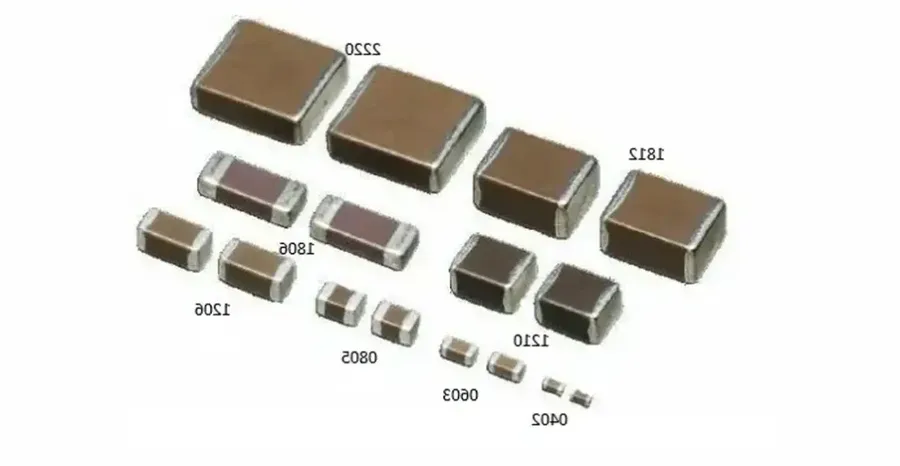
Selecting the appropriate microfarad capacitor is crucial for ensuring optimal circuit performance and preventing damage. The primary consideration should be to match, or slightly exceed, the original capacitor's specifications. Deviating from these specifications, particularly by using a capacitor with a lower microfarad rating, can result in performance issues or even equipment failure.
- Matching Capacitance
The most critical parameter is the capacitance value, measured in microfarads (µF). Replacing a capacitor with one that has a significantly different microfarad rating can lead to incorrect circuit behavior, potentially impacting functionality or causing damage. - Voltage Rating
Always select a capacitor with a voltage rating that is equal to or greater than the maximum voltage expected in the circuit. Using a capacitor with a lower voltage rating can lead to premature failure or even catastrophic damage. - Tolerance
Capacitors come with tolerance ratings, indicating the permissible variation in their capacitance values. Ensure the chosen capacitor's tolerance is adequate for the intended application. Generally, tighter tolerances offer better precision but may come at a higher cost. - Temperature Rating
The temperature rating indicates the operating temperature range within which the capacitor is guaranteed to perform correctly. Choosing a capacitor with a rating suitable for the ambient temperature is essential for reliability. - Physical Size and Form Factor
Ensure the physical size and form factor of the replacement capacitor are compatible with the available space in the device or circuit board. Incompatible dimensions might hinder proper installation.
It is generally advisable to err on the side of caution by selecting a capacitor with a voltage and temperature rating higher than the circuit's requirements, while the microfarad rating should be as close as possible to the original, particularly with motor start and run capacitors.
Can I Use a Higher Microfarad Capacitor?
The question of whether a higher microfarad (µF) capacitor can replace a lower one is common, and the answer requires a nuanced understanding of capacitor behavior in circuits. While a direct substitution might seem straightforward, it's essential to consider the potential implications. Generally, replacing a capacitor with one of the same microfarad value is the safest practice to ensure optimal and predictable circuit performance.
Here's a breakdown of considerations:
- Capacitance and its Impact
The microfarad (µF) rating of a capacitor specifies its capacitance – the amount of electrical charge it can store for a given voltage. A higher µF rating means the capacitor can store more charge. Using a higher-rated capacitor could, in some cases, slightly alter the circuit's timing or filtering characteristics because of changes in the time constant, determined by R*C in an RC circuit where R represents resistance and C represents capacitance. This change might not always be noticeable, but in sensitive circuits, it could introduce undesirable performance alterations. While a higher capacitance can seem like a harmless upgrade, in certain circuits it could lead to instability, reduced performance, or, in extreme cases, even damage. For example, when used as a filter, the cut-off frequency would be affected. - Potential Benefits and Risks
In some specific instances, such as smoothing circuits in power supplies, a slightly higher µF capacitor might provide improved performance by reducing ripple. However, in other circuits, a higher capacitance could cause an increase in inrush current when power is first applied, which might stress other components in the circuit. The decision to use a higher rated capacitor depends critically on its function within the circuit, and what parameter needs to be improved or is more important, such as stability or filtering. In most situations, using the exact original specification is the best practice, to ensure correct and reliable circuit behavior. The main risk is deviating from the specified capacitance, which can cause circuit performance to be worse than designed. The optimal approach is to examine the circuit's specific needs before choosing a different capacitor. - When Higher Ratings Are Acceptable
While directly substituting a capacitor with a higher microfarad rating should be done with caution, higher voltage or temperature ratings are almost always acceptable and often beneficial. A higher voltage rating ensures the capacitor won't fail under higher operating voltages, which can cause catastrophic capacitor failures when operating outside of design parameters. Likewise, a higher temperature rating will allow the capacitor to operate in hotter environments without degrading its performance or lifespan. Always select a capacitor whose voltage and temperature ratings meet or exceed the original specification, to ensure that it is reliable and provides the designed performance. - Safety Considerations
When choosing a replacement capacitor, always match the original µF rating unless you understand the circuit well, and are confident a different capacitance will not introduce any performance issues. When selecting components, safety must also be a priority. Ensure the selected capacitor meets all safety and electrical standards for your application. It's often a good idea to consult the circuit schematics or device manual when trying to determine the correct ratings for a replacement capacitor. If the correct value is unavailable, seeking professional advice is highly recommended before deviating from the original ratings.
Microfarad Capacitor vs. Other Capacitor Types
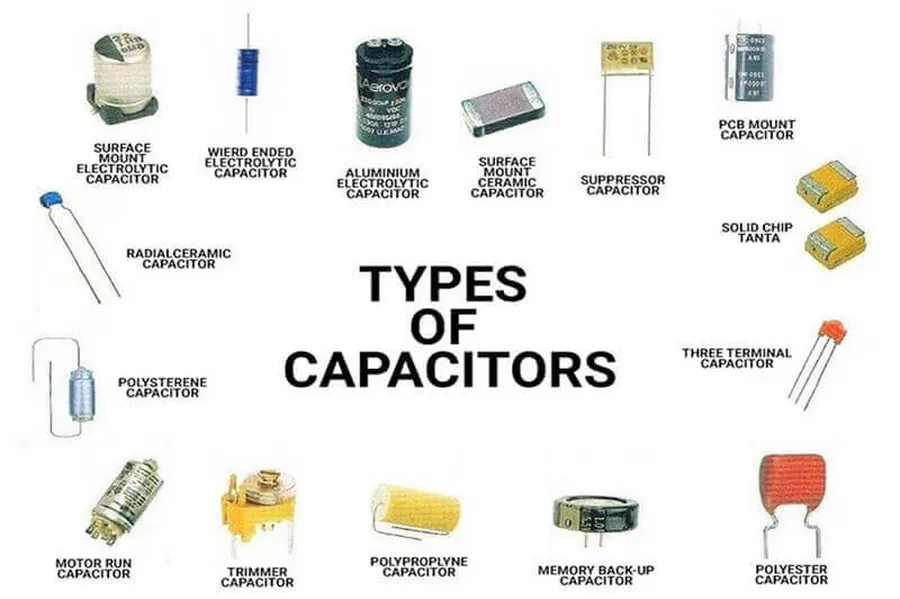
Microfarad capacitors occupy a crucial middle ground in the world of capacitance, bridging the gap between smaller picofarad and nanofarad capacitors and larger farad-range devices. Understanding their position relative to these other types is essential for effective circuit design and application.
| Capacitor Type | Capacitance Range | Typical Applications | Advantages | Disadvantages |
|---|---|---|---|---|
| Picofarad (pF) Capacitor | 1 pF - 1000 pF (10^-12 F) | High-frequency circuits, RF circuits, timing circuits, filters | Very fast charging/discharging, low leakage, low parasitic inductance | Limited energy storage, susceptible to parasitic effects in low frequency circuits |
| Nanofarad (nF) Capacitor | 1 nF - 1000 nF (10^-9 F) | Coupling and decoupling circuits, filtering, high frequency applications. | Good balance of size and capacitance, suitable for a wide range of applications, relatively low cost. | May have higher parasitic inductance compared to picofarad capacitors, less precise than ceramic caps |
| Microfarad (µF) Capacitor | 1 µF - 1000 µF (10^-6 F) | Motor starting and running, power supply smoothing, audio circuits, energy storage | Moderate energy storage, good for timing applications, good voltage tolerance | Larger size, lower frequency response compared to smaller values, higher ESR in some types |
| Millifarad (mF) Capacitor | 1 mF - 1000 mF (10^-3 F) | Energy storage, high power applications, and specialized industrial applications | High energy storage capabilities, capable of handling high power requirements | Larger size, higher equivalent series resistance (ESR) and less precise than lower capacitance capacitors |
| Farad (F) Capacitor (Supercapacitor) | 1 F and above | Energy storage for hybrid vehicles, backup power systems, pulsed power systems | Extremely high energy storage, quick charge and discharge capabilities, long lifespan | Larger physical size, lower voltage ratings, often more expensive |
This comparison table provides a clear overview of how microfarad capacitors relate to other capacitor types. Each type serves specific purposes based on its capacitance value, size, and operational characteristics. The choice of capacitor depends heavily on the application requirements, including the frequency of operation, voltage requirements, and the needed energy storage.
Troubleshooting Common Microfarad Capacitor Issues
Identifying a failing microfarad capacitor is crucial for maintaining the functionality of electronic circuits. Common indicators include physical deformities, such as bulging or leaking, as well as deviations in capacitance measurements from the specified values. Proper testing with a multimeter is essential for accurate diagnosis.
- Physical Inspection
Visually inspect the capacitor for signs of damage. Look for a bulging case, which indicates internal pressure build-up; leakage of the electrolyte fluid, indicating a breach in the capacitor's seal; and physical cracks or deformation of the capacitor body. These are clear indications of potential failure. - Out-of-Spec Measurements
Use a multimeter with capacitance measurement capability to check the capacitor's actual capacitance. A capacitor that measures significantly lower or higher than its labeled value is likely degraded. Note that tolerance of capacitors vary, so it is necessary to verify with its tolerance value. - Equivalent Series Resistance (ESR)
An elevated ESR, measured with an ESR meter, often indicates degradation. As the capacitor ages, its internal resistance increases, impacting circuit performance, especially in high-frequency applications. Some multimeters have an ESR measurement function. - Multimeter Testing for Capacitance
To test a capacitor, disconnect it from the circuit and use the capacitance setting on your multimeter. Ensure the capacitor is fully discharged before testing; a residual charge can damage the meter or cause inaccurate readings. The measured value should be close to the rated value within the specified tolerance. - Basic Charging Test
For a basic test without a capacitance meter, one can observe charging behavior using a multimeter in DC voltage mode. Connect a discharged capacitor to a voltage source and observe the voltage across the capacitor terminals. A healthy capacitor will show a charging process, whereas a faulty capacitor might not display voltage increase or will indicate an unexpected value.
Frequently Asked Questions About Microfarad Capacitors
This section addresses common questions regarding microfarad capacitors, clarifying their function, applications, and proper usage. Understanding these frequently asked questions is crucial for anyone working with electronic circuits that employ capacitors.
- What does 'microfarad' (µF) mean in the context of a capacitor?
Microfarad (µF) is a unit of capacitance, which measures a capacitor's ability to store an electrical charge. One microfarad is equal to one millionth (10^-6) of a farad. This unit is commonly used because farads are exceptionally large for typical circuit applications. - What does a 40 µF marking on a capacitor signify?
A 40 µF marking indicates the capacitor has a nominal capacitance of 40 microfarads. This value represents the design capacity of the capacitor to store charge. Deviations from this value may exist due to manufacturing tolerances. - What happens if I use a capacitor with a higher microfarad rating than specified?
Using a capacitor with a higher microfarad rating than specified can alter the circuit behavior. In some applications, this might lead to increased current draw, affecting timing in circuits, and in certain motor applications, this can cause inefficient operation or even damage. In DC circuits, changing the capacitance value changes the RC time constant which governs timing and response characteristics. Therefore, it's generally best to stick to the manufacturer’s recommended specifications. - What does a 10 µF marking on a capacitor mean?
A 10 µF marking means the capacitor has a nominal capacitance of 10 microfarads. This specifies the quantity of electric charge the capacitor can store at a given voltage. The actual capacitance may vary slightly due to manufacturing tolerances. - Are there any standardized symbols or codes for microfarad capacitors?
Microfarad capacitors are usually labelled with their capacitance value followed by the unit symbol 'µF' or 'uF' and usually a tolerance rating. Some older ceramic capacitors may use a three digit code, where the first two digits are the significant digits and the third digit is the number of zeros, with the result being in picofarads. For example a capacitor labeled '104' is 10 followed by 4 zeros, giving 100000pF or 100nF or 0.1uF, however, this coding system is not usually used for microfarad capacitors. The unit ‘µF’ or ‘uF’ is the most common labeling method. The voltage rating is typically shown as a number followed by the symbol ‘V’ - Is it safe to use a lower microfarad capacitor than specified?
Using a capacitor with a lower microfarad value than specified is not recommended. This can cause insufficient energy storage capacity, potentially leading to circuit malfunction, performance issues, and even damage to components in some applications. In AC circuits, reduced capacitance may result in poor motor torque, or incorrect filter behavior. In DC circuits it may impact smoothing or timing characteristics. Always use a capacitor with at least the specified capacitance, if not higher, for voltage and temperature. - What is the significance of the voltage rating on a microfarad capacitor?
The voltage rating of a capacitor indicates the maximum voltage that can be applied across the capacitor without risking damage or failure. Always select a capacitor with a voltage rating equal to or greater than the highest voltage expected in the circuit. A lower voltage rating may result in capacitor failure and present a safety hazard.
Microfarad capacitors, though small, are indispensable components in countless electrical devices. This guide has explored their fundamental role in storing and releasing electrical charge, their applications across various fields and how to select the correct one, emphasizing the importance of accurate microfarad value for reliable performance. Understanding these tiny powerhouses will enhance your knowledge of electronics and the technologies that shape our lives.
 AnyPCBA
AnyPCBA